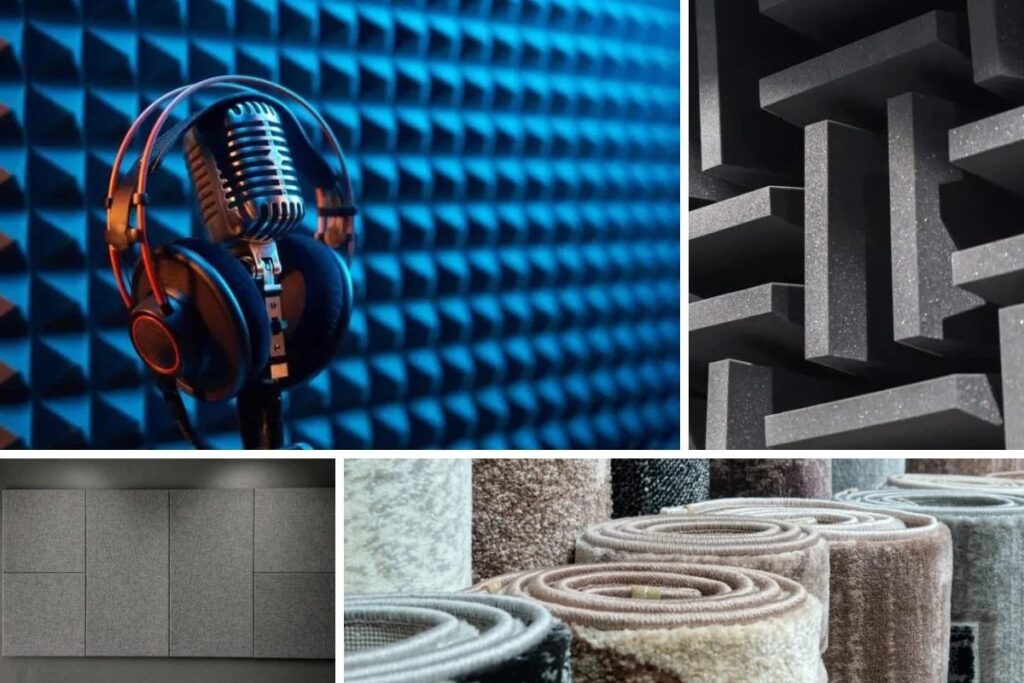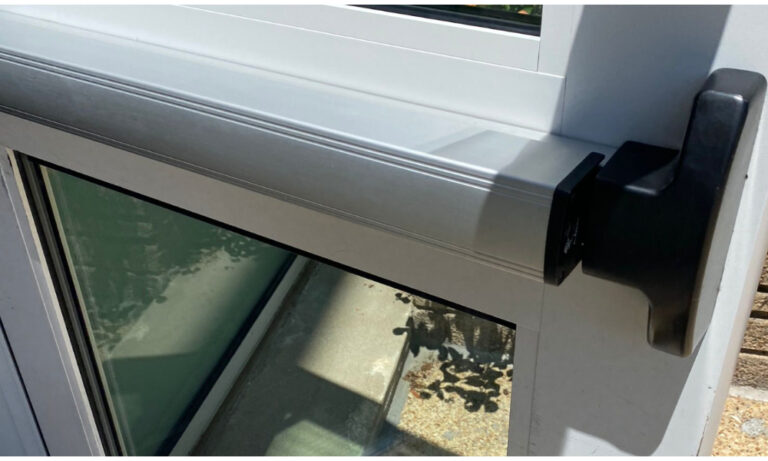
Soundproofing isn’t just about creating a quiet space. It’s about establishing a sanctuary from the busyness of the outside world. If you’re a musician carving out a studio in your garage, a homeowner aiming to keep the peace in shared wall situations, or a cinephile perfecting their home theater experience, the right soundproofing materials can make all the difference.
With a variety of options out there – from dense to porous materials – it’s essential to use the right one for the task at hand. In this guide, let’s a walk through the common materials for soundproofing and when they are most effectively employed.
The Fundamentals of Soundproofing Materials
Each soundproofing material serves a unique purpose, and understanding their properties is key to soundproofing success. Here’s a brief overview of several common options:
- Fiberglass Insulation:Common in construction, fiberglass effectively dampens both airborne and impact noise.
- Mass-Loaded Vinyl (MLV):A dense, thin sheet that adds mass to walls, ceilings, and floors, blocking sound transmission.
- Acoustic Foam:Easily recognisable by its distinct pyramid or wedge shapes, this foam is excellent for treating high and mid-frequency echoes within a room.
- Soundproof Curtains:These thick, heavy curtains offer convenience and moderate sound absorption, making them ideal for temporary or movable soundproofing solutions.
Diving deeper into each, we’ll explore when you should reach for these materials.
When to Use Which Material: A Room-by-Room Guide
Fiberglass Insulation
Best for: Construction-stage soundproofing, internal home insulation, and as a component of a broader soundproofing system.
When to Use: For initial sound dampening between walls during construction and in the open walls and floors of a room during renovation for a significant noise reduction.
Mass-Loaded Vinyl
Best for: Mid-range and lower frequency sounds, adding mass to existing structures, and creating a quieter room.
When to Use: Once a room’s framing is in place, MLV can be added, then covered with drywall, or plasterboard to create a ‘sandwich’ that effectively blocks sound.
Acoustic Foam
Best for: Sound absorption, echo reduction, and improving the acoustics within a room.
When to Use: Studios, practice rooms, or any space where clear acoustics are paramount. They are not designed to stop sound transfer but are great at enhancing the quality of sound within a space.
Soundproof Curtains
Best for: Quick and easy solutions, reinforcing other soundproofing materials, and temporary applications.
When to Use: In shared living spaces or as a cover over hard surfaces to diminish reflection, they provide a convenient way to reduce noise without permanent fixture installation.
Other Materials to Consider
Beyond the materials mentioned, there are other soundproofing elements that can complement your project, such as door sweeps, green glue, and resilient channels, each serving a unique function.
Installation Tips and Common Mistakes
In order to make the most of your soundproofing projects, it’s crucial to install these materials properly. Here are some tips to ensure a successful application:
- Seal All Gaps:Proper sealing is essential to effectively blocking out sound, regardless of the material you’re using. Apply acoustic caulking or weather-stripping to all joints and seams.
- Consider Layers:Particularly with materials like MLV, layering can drastically improve soundproofing efficacy. Ensure you follow manufacturer recommendations for layering and installation techniques.
- Protect Yourself:Some soundproofing materials can be irritants if inhaled or when handled, so always use proper protective gear, including masks, gloves, and eye protection.
- Monitor for Moisture:Soundproofing materials don’t usually have moisture protection built-in, so be aware of potential areas for condensation and excessive humidity.
Avoid these common mistakes when using soundproofing materials:
- Overlooking Acoustics:Failing to consider the acoustics of a room can lead to an undesirable sound profile, even with materials that reduce sound transfer. Always plan for adequate sound absorption and diffusion.
- Ignoring Flanking Paths:Sound can find its way through less-than-obvious avenues, such as HVAC systems or common framing. Be sure to address these areas to ensure comprehensive soundproofing.
Conclusion
Soundproofing is both a science and an art, one that requires careful consideration of materials, space, and desired outcomes.
If you’re rocking out, watching movies, or simply seeking solace, investing in the right materials can turn your space into the peaceful oasis you crave. Share your soundproofing wins and challenges with the community, and keep the conversation – and your music, if that’s your thing – flowing.







